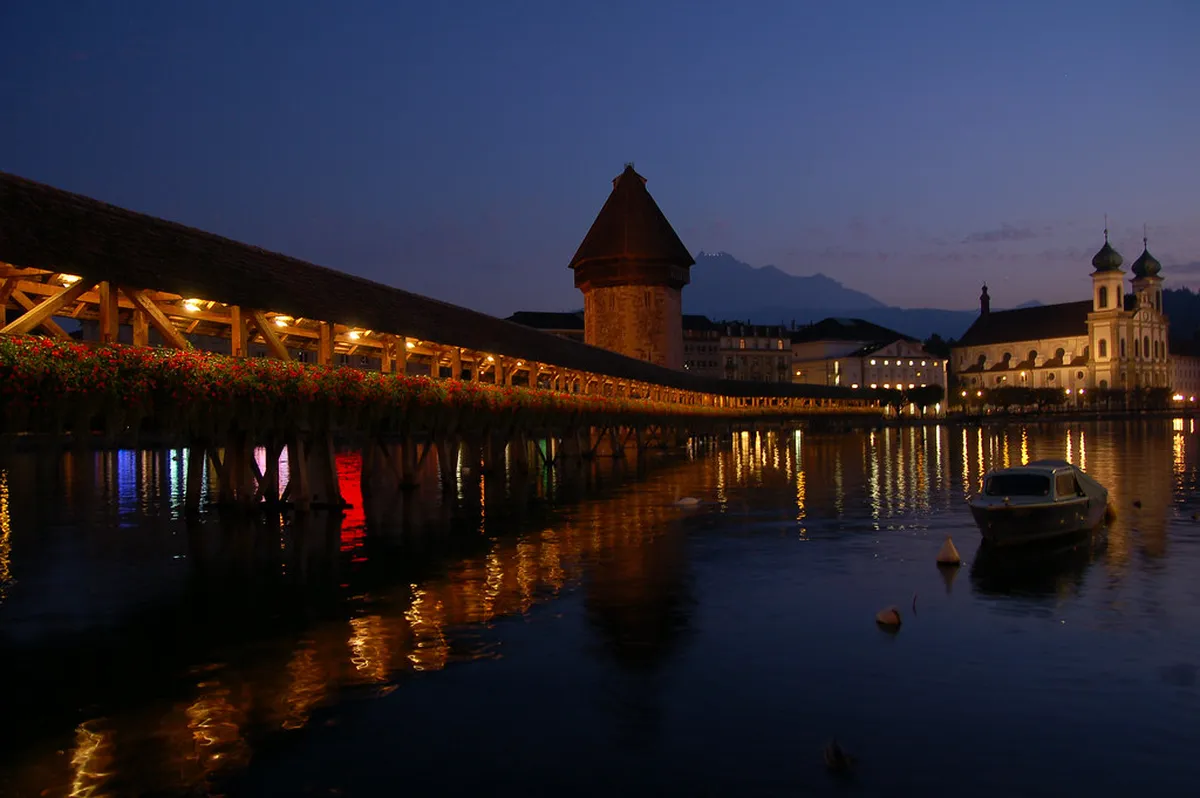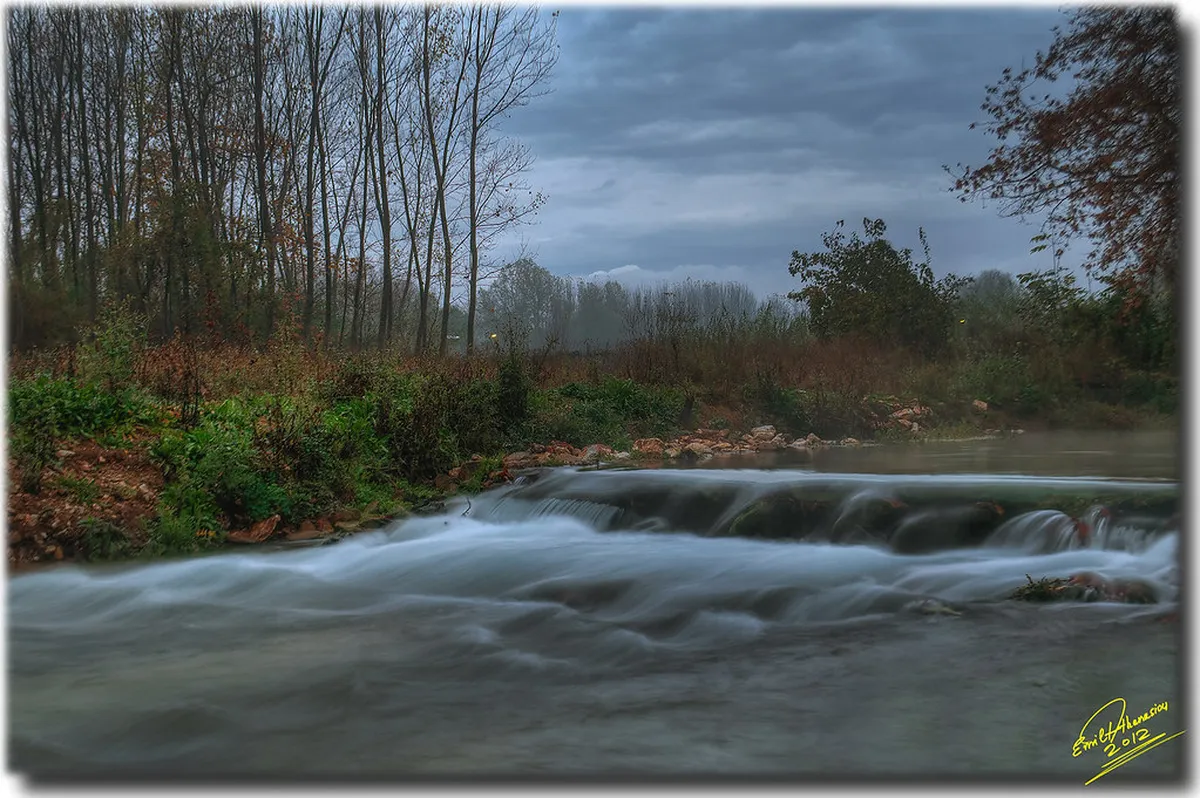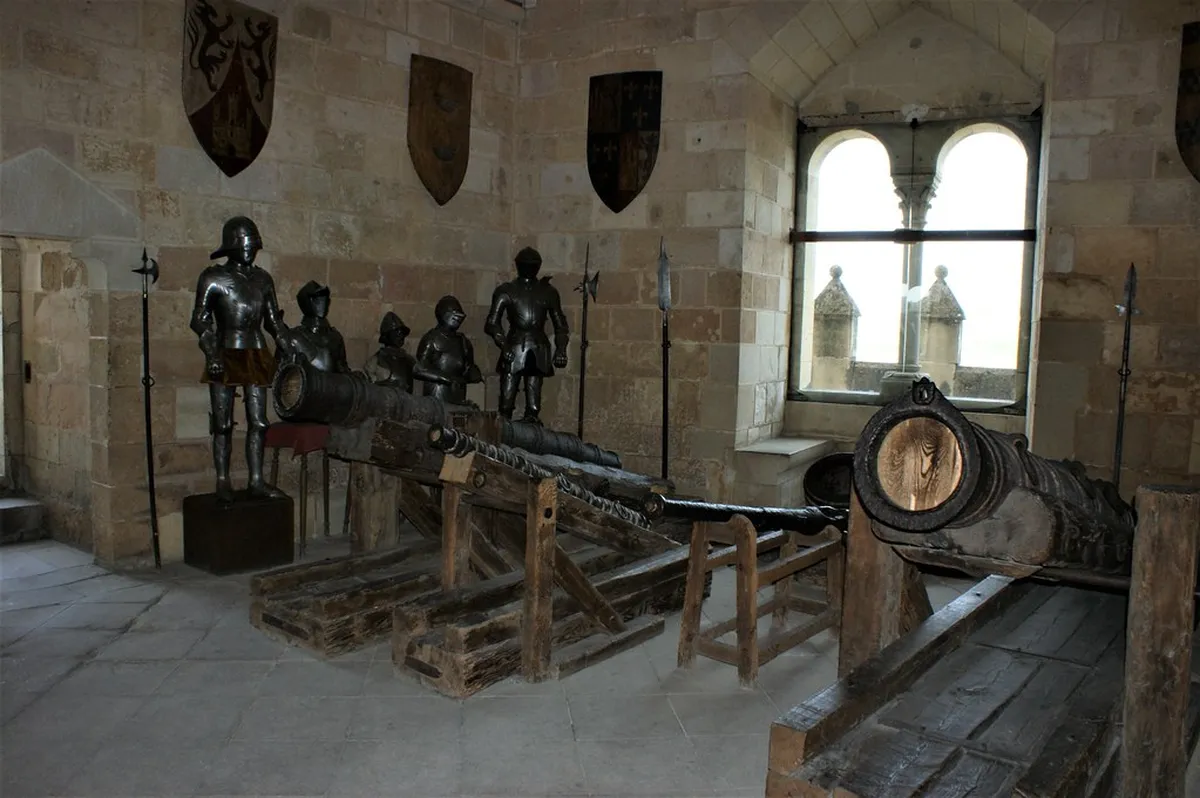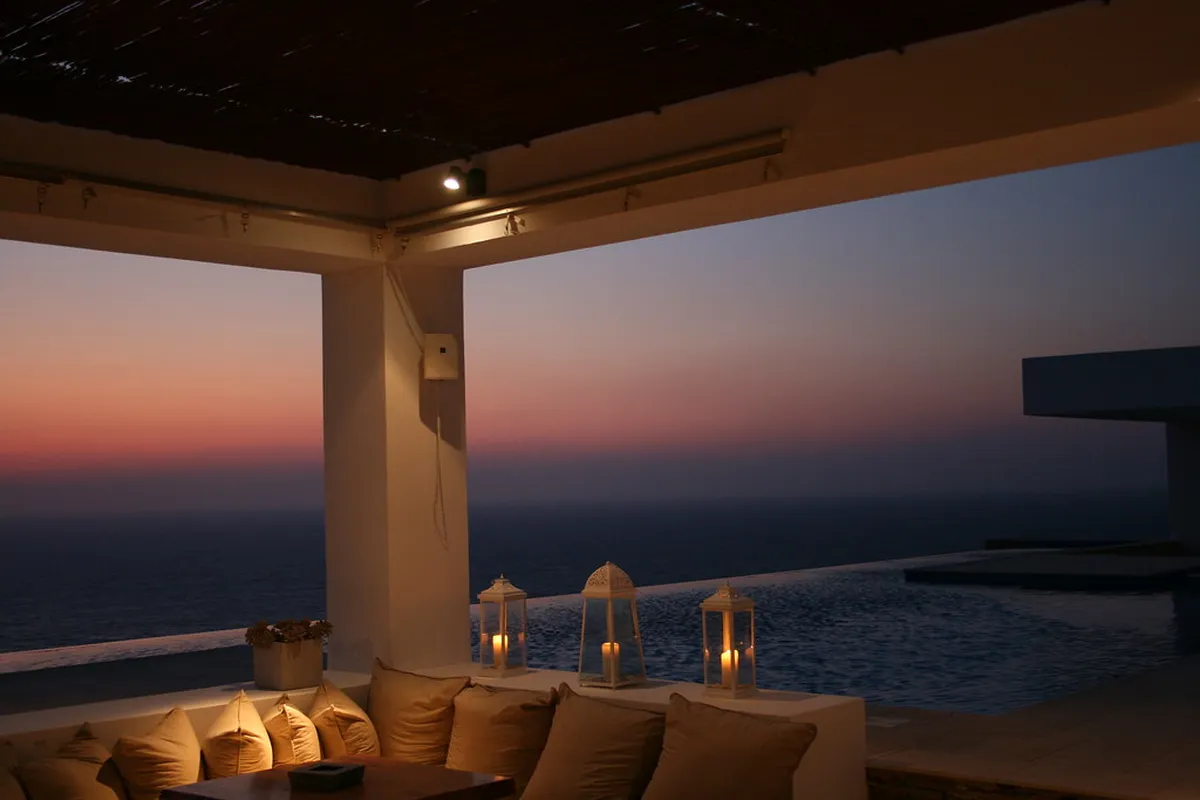Explore Chapel Bridge Lucerne: History & Visitor Tips
Lucerne, Switzerland, boasts incredible beauty. The Chapel Bridge, or Kapellbrücke, stands as its most iconic landmark. This wooden bridge stretches gracefully across the Reuss River. It connects the Old Town with the right bank.
Understanding Chapel Bridge Lucerne history enriches any visit. It dates back to the 14th century, holding countless stories. This guide will explore its origins and remarkable resilience. You'll learn practical tips for your 2025 trip to Lucerne.
Prepare to delve into Lucerne's past and present. Discover why this bridge is more than just a crossing. Plan your unforgettable adventure with our Lucerne itinerary for first-timers. Also, find out the best time to visit Lucerne for optimal enjoyment.
The Ancient Origins of Chapel Bridge Lucerne
Plan this trip faster with our free online itinerary maker. Get a personalized day-by-day plan in minutes.
The Chapel Bridge Lucerne history began around 1333. It was built as a vital part of the city's fortifications. This covered wooden bridge protected Lucerne from invaders. It connected the old city with the new settlements.
Its original purpose was strictly defensive. The bridge allowed soldiers to move quickly. It also provided a strategic lookout point over the river. This early design proved effective for centuries.
The bridge got its name from nearby St. Peter's Chapel. It was not always called the Chapel Bridge. Its functional design merged with local religious significance. This connection deepened over time, becoming iconic.
The Water Tower, or Wasserturm, is an integral part. It existed even before the bridge itself. This octagonal tower served many roles. It functioned as a prison, torture chamber, and archive.
- Initial Construction: Circa 1333 AD
- Primary Role: City fortification and defense
- Key Feature: Integrated Water Tower
Explore more of Lucerne's past beyond the bridge. Learn about Lucerne's local customs and tips for deeper cultural insight. Consider a Lucerne day trip to expand your historical journey.
Architectural Marvels and Artistic Heritage
The Chapel Bridge stands as Europe's oldest covered bridge. Its unique zigzag design is instantly recognizable. This intricate construction allowed for greater stability. It also provided a better defensive vantage point.
Inside the bridge, you will find a series of triangular paintings. These 17th-century artworks depict Lucerne's history. They showcase patron saints and important local events. Each painting tells a part of the city's story.
These panels originally numbered around 150. They were installed between 1611 and 1635. Many were unfortunately destroyed in the 1993 fire. However, the restored bridge still features many originals and copies.
The Water Tower, next to the bridge, is 34 meters tall. It's built of unhewn stone from the river. Its diverse history includes housing a treasury and a lighthouse. Today, it hosts a local guild hall and souvenir shop.
Appreciate the blend of utility and art on your visit. These elements make the Chapel Bridge truly special. It showcases centuries of Swiss craftsmanship. Enjoy a personalized itinerary with itimaker.com to see it all. Discover free things to do in Lucerne including this iconic bridge.
The 1993 Fire and Remarkable Rebirth
A devastating fire struck the Chapel Bridge in August 1993. A boat moored beneath the bridge caught fire. Strong winds spread the flames quickly across the wooden structure. Much of the bridge was tragically destroyed.
The damage was extensive, impacting two-thirds of the bridge. Many of its historic interior paintings were lost forever. This event sent shockwaves through Lucerne and Switzerland. It was a major blow to national heritage.
Despite the devastation, Lucerne resolved to rebuild. Reconstruction began swiftly, showing incredible determination. Local craftsmen and experts meticulously restored the bridge. They aimed to preserve its original character.
The bridge reopened to the public just eight months later. This remarkable achievement highlighted community spirit. It used preserved original parts where possible. New sections were built using traditional methods and materials.
Today, visitors can distinguish old and new sections. The restored parts look slightly different in color. This contrast serves as a poignant reminder. It honors the bridge's resilience and history. Find out more about planning your Lucerne itinerary to include this landmark. Consider getting around Lucerne to see other historical sites.
Visiting Chapel Bridge in 2025: Practical Tips
The Chapel Bridge is open 24/7, all year round. There is no entrance fee to cross the bridge. It's best visited during morning or late afternoon hours. These times offer fewer crowds and beautiful lighting.
Plan your visit for a pleasant stroll. The bridge is approximately 204 meters long. Allow 15-30 minutes to walk across and admire the paintings. Bring a good camera for stunning photos in 2025.
Consider visiting during spring or fall for ideal weather. Summer brings more tourists, but also vibrant city life. Winter offers a magical, quiet atmosphere. Dress warmly if you visit in colder months.
The bridge is easily accessible by foot from most city points. Many hotels in Lucerne are a short walk away. Public transport is also readily available nearby. Look for bus stops near the city center or train station.
- Cost: Free entrance
- Best Time: Morning or late afternoon
- Duration: 15-30 minutes walk
Combine your bridge visit with a Lucerne lake boat tour for different views. Alternatively, explore other attractions like Mount Pilatus Lucerne for panoramic sights.
Beyond the Bridge: Lucerne's Enduring Charm
The Chapel Bridge is just one highlight of Lucerne. The city offers a captivating blend of history and nature. Explore the charming Old Town with its colorful buildings. Discover medieval squares and inviting cafes.
Stroll along the lakeside promenades. Enjoy views of Lake Lucerne and surrounding mountains. A boat trip offers a unique perspective. You can see the city and peaks from the water.
Visit the Lion Monument, a poignant rock carving. It commemorates Swiss Guards killed in 1792. This powerful sculpture evokes strong emotions. It remains a popular historical site.
Lucerne also offers excellent dining experiences. Sample traditional Swiss cuisine at local restaurants. From fondue to delicious chocolates, there is something for everyone. Check out our guide to best restaurants in Lucerne. Consider a Lucerne budget travel plan to enjoy more.
Don't forget to explore the Museggmauer, or city walls. Nine towers remain from the original fortifications. Climb some towers for panoramic city views. This offers another perspective on Lucerne's defensive past.
Frequently Asked Questions
What is the historical significance of Chapel Bridge Lucerne?
The Chapel Bridge Lucerne history began as a key defensive structure. It was part of Lucerne's medieval fortifications. Built in the 14th century, it protected the city. It also connected different parts of the growing settlement.
Later, 17th-century paintings were added to its interior. These artworks depicted significant moments from Lucerne's past. They showcased the city's patron saints and local history. The bridge serves as a living museum.
Its remarkable reconstruction after the 1993 fire adds to its lore. This event showed the city's commitment to preserving heritage. The bridge represents Lucerne's resilience and enduring spirit. It's a must-see on any Lucerne itinerary.
How long is the Chapel Bridge, and what makes it unique?
The Chapel Bridge measures approximately 204 meters (670 feet) in length. It is Europe's oldest covered wooden bridge. Its unique zigzag path makes it distinctive.
Another unique feature is the integrated Water Tower. This octagonal stone tower predates the bridge itself. It has served many purposes over the centuries. These included a prison and a treasury.
The interior gabled paintings are also unique. These 17th-century panels tell Lucerne's history. They are a rare example of public historical art. They provide a visual narrative of the city. You can get a Lucerne Travel Pass for easy access to nearby attractions.
Can you visit the Chapel Bridge in winter 2025?
Yes, you can absolutely visit the Chapel Bridge in winter 2025. The bridge is open year-round, 24 hours a day. Winter offers a particularly magical atmosphere in Lucerne.
Snow often blankets the bridge and surrounding areas. This creates beautiful photo opportunities. Crowds are generally smaller during the colder months. This allows for a more peaceful experience.
Ensure you dress warmly, as temperatures drop. The crisp winter air can be quite invigorating. Explore the bridge then enjoy a warm drink in a nearby cafe. It's a wonderful time to experience Lucerne's charm.
The Chapel Bridge Lucerne history is a testament to resilience. From its defensive origins to its artistic rebirth, it stands tall. This iconic landmark truly defines Lucerne's character. It offers beauty, history, and a link to the past.
Your 2025 visit promises memorable moments. Walk its ancient planks, admire its art, and feel its spirit. The Chapel Bridge is more than just a crossing. It's the heart of Lucerne.
Plan your Swiss adventure with itimaker.com. Let us help you discover every hidden gem. Embark on a journey through history and charm. Visit the Chapel Bridge and experience Lucerne today!
Key Takeaways
- The Chapel Bridge dates back to 1333, built for city defense.
- The bridge contains 17th-century paintings depicting Lucerne's history.
- It was largely destroyed by fire in 1993 but rebuilt in just 8 months.



